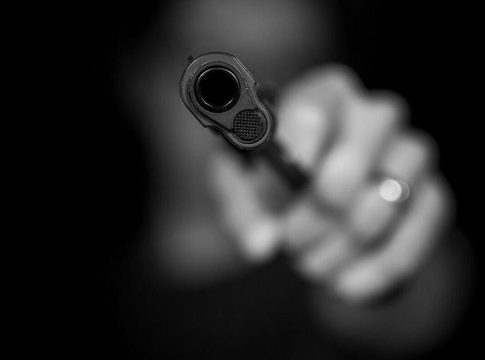Study Reveals Darkness Influences Crime Rates in South Yorkshire
Researchers Uncover Patterns in Crime Behavior with Nightfall
A comprehensive study by the University of Sheffield has unveiled that crime rates indeed rise when darkness falls, although the level of risk varies significantly by the type of offense and location. Analyzing data from over 34,000 reported crimes between 2010 and 2019 in South Yorkshire, the researchers aimed to clarify the long-debated relationship between nighttime and criminal activity.
Specific Crimes Show Increased Risk After Dark
The study, published in the journal PLOS One, highlights that while the overall incidence of crime tends to increase at night, only certain categories are markedly more prevalent. The analysis identified five crime types that occur with greater frequency after dark:
- Burglary
- Criminal Damage
- Personal Robbery
- Bicycle Theft
- Vehicle Offenses
In contrast, other serious crimes — including sexual assaults, arson, and shoplifting — did not show a similar relationship with nighttime.
Variability in Crime Risk by Neighborhood
The findings also revealed that the increase in crime risk after dark is not uniform across all areas of South Yorkshire. This suggests that local factors may play a role in determining the safety of neighborhoods during the night.
Dr. Jim Uttley, one of the researchers, noted the importance of understanding whether darkness itself elevates crime risk: "If it doesn’t, then the presence or absence of street lighting is unlikely to matter."
The Role of Street Lighting
Despite popular belief that improved street lighting reduces crime, the study did not directly assess its impact. Dr. Uttley emphasized the need for future research to examine how artificial lighting may contribute to crime reduction, stating, "We are now working to understand whether street lighting can effectively reduce the risk of crime after dark."
The findings from this study offer valuable insights for policymakers and community leaders. With potential applications for optimizing street lighting initiatives, the research hopes to create safer environments for residents after sunset.
As discussions on crime prevention strategies continue, the implications of this study could lead to more informed approaches to enhancing public safety in South Yorkshire and beyond.
Further updates will follow as research explores the effectiveness of streetlights in mitigating nighttime crime risks.

Focuses on crime, public safety, and regional events.
Bio: Marcus is a community-based journalist passionate about reporting impactful stories that matter most to readers.

